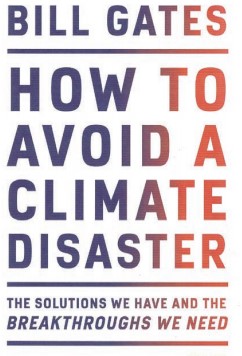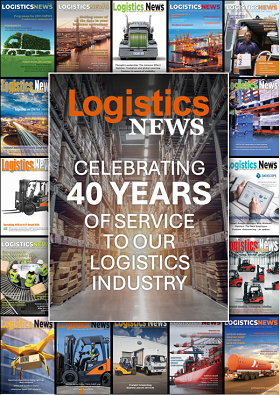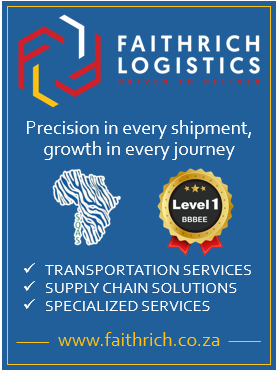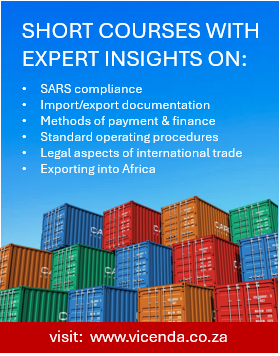“In this urgent, authoritative book, Bill Gates sets out a wide-ranging, practical and accessible plan for how the world can get to zero greenhouse emissions in time to avoid a climate catastrophe.”

I am sure that the 2021 UN Climate Change Conference (COP26) in Glasgow at the end of 2021 left many of us in logistics and supply chain management questioning what we can do to make a difference to avoid a climate disaster. I was very fortunate to receive a copy of the latest publication of Bill Gates that answers this question in a very practical and easy-to-read book. Gates does not underestimate the complexities but manages to explain the difficult issues and debates around climate change in a logical way that makes so much sense.
He starts by explaining that to stop global warming and avoid the worst effects of climate change, humans need to stop adding greenhouse gases to the atmosphere. This implies that we need to aim for zero greenhouse gas production. It will be difficult, but Gates is of the opinion that it will be possible if we focus on the right solutions to get there. He continues to stress the importance of measuring key indicators of where we currently are and what our targets should be.
Greenhouse gas is typically emitted by making things (cement, steel, plastic), plugging in (electricity), growing things (plants, animals), getting around (planes, trucks, cargo ships) and keeping warm and cool (heating, cooling, refrigeration). Moving our global energy economy from dirty, carbon-emitting technologies to clean technology with zero emissions will cost something as most of the zero-carbon solutions are more expensive than their fossil-fuel counterparts. Gates defines the additional costs as “Green Premiums” and manages to provide cost estimates of possible solutions. This includes space requirements as it differs for the different energy sources such as fossil fuels, nuclear, solar, hydropower, wind, wood and other biomass.
The book covers the five categories of making things, plugging in, growing things, getting around and keeping warm and cool in much detail in different chapters and then moves on to how we shall have to adapt to a warmer world. The last part of the book covers why government policies matter, a plan to get to zero emissions and my favourite chapter, what each of us can do.
I found the book highly relevant and easy to read with many practical examples and experiences from the life and work of Bill Gates. I strongly recommend the book to anyone interested in cutting through the noise and getting to the core of things that matter and issues to be addressed. •







